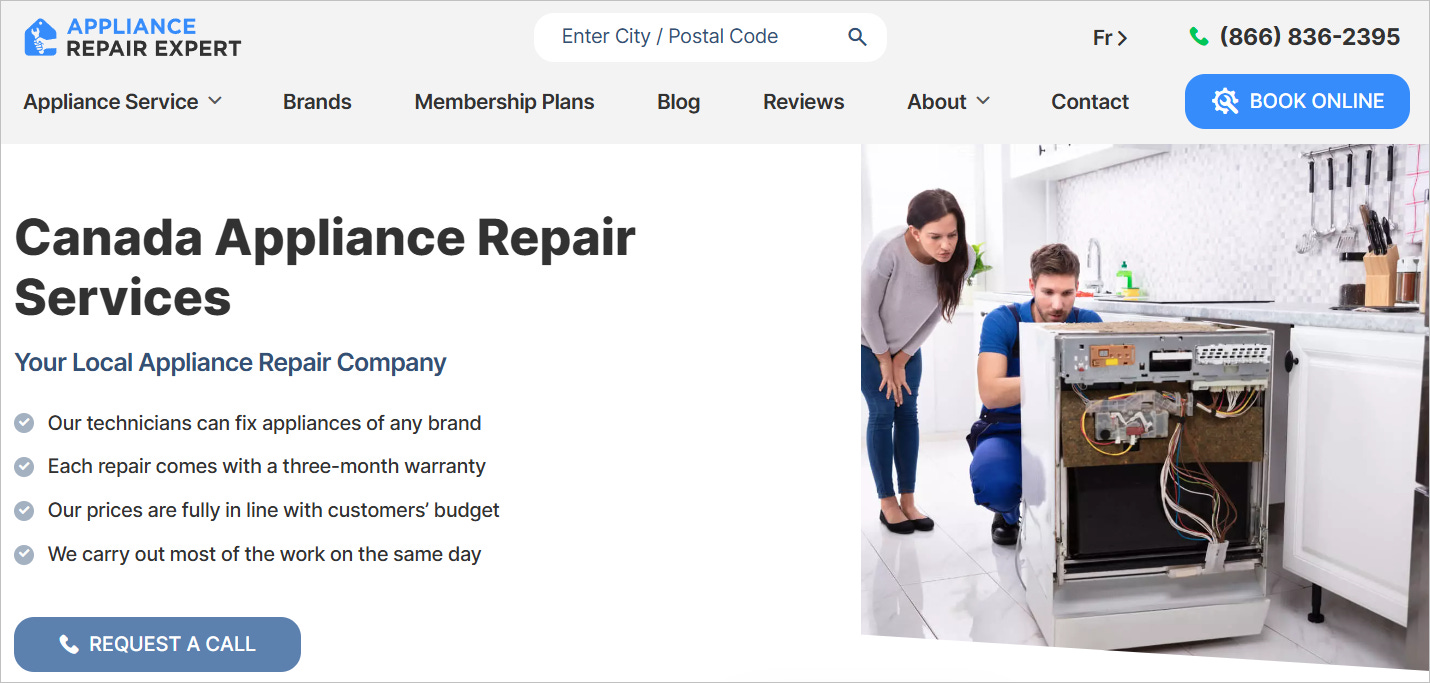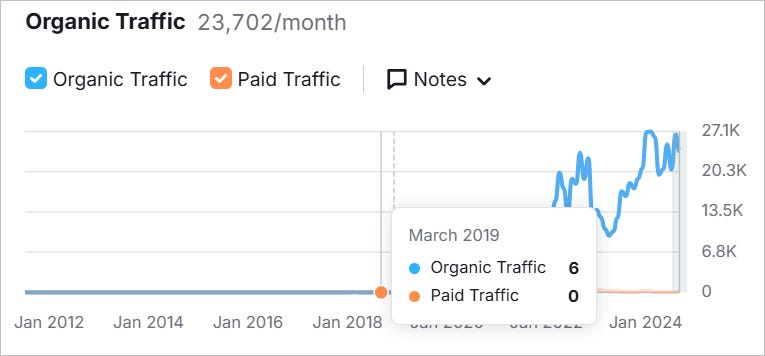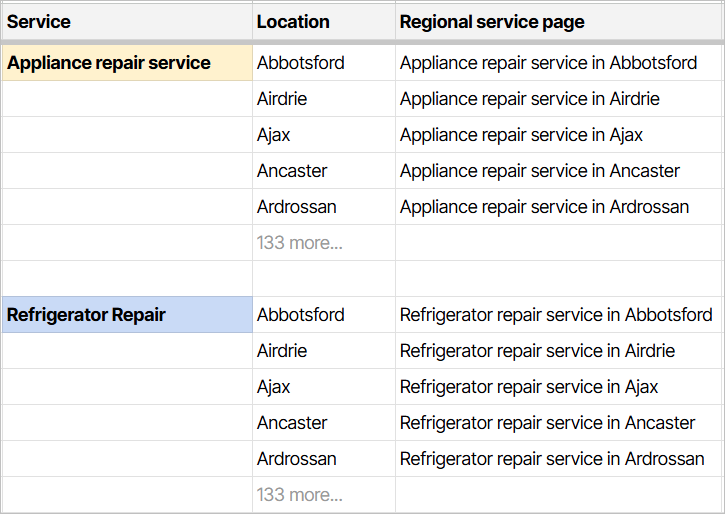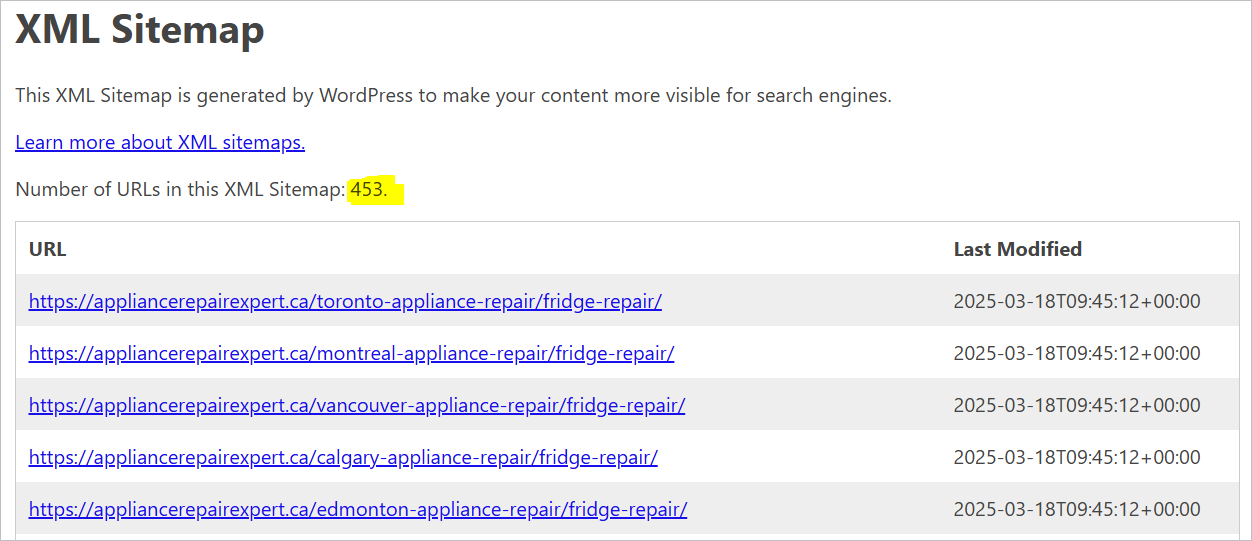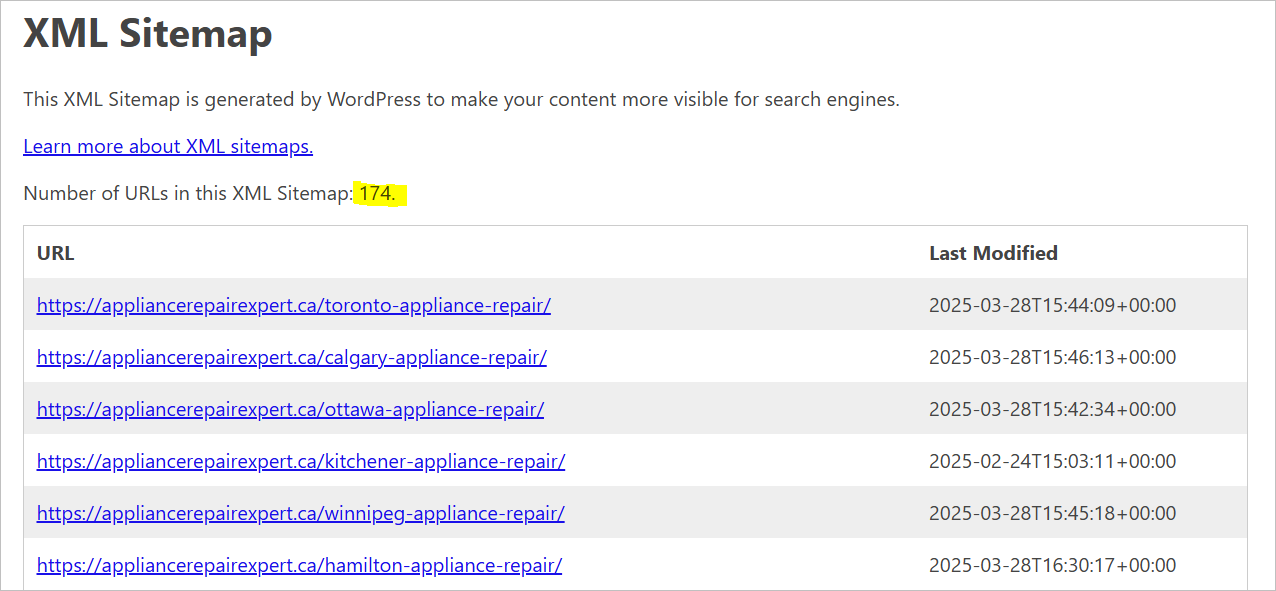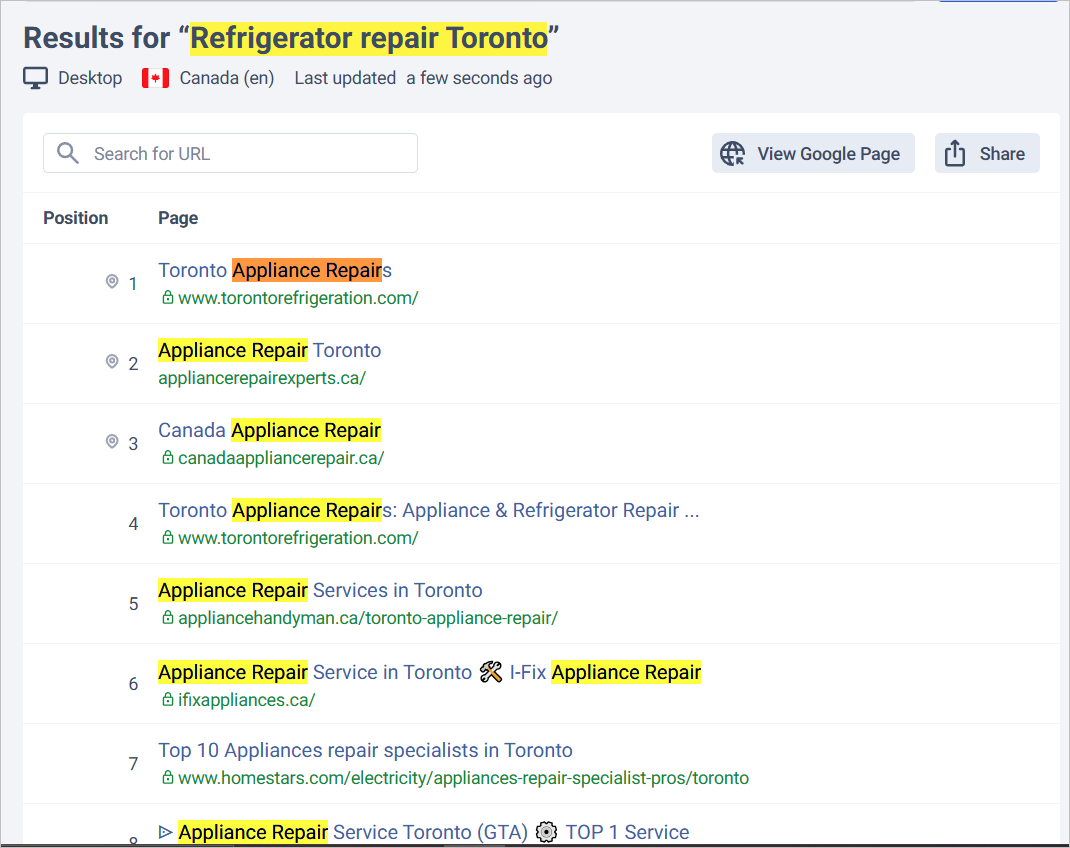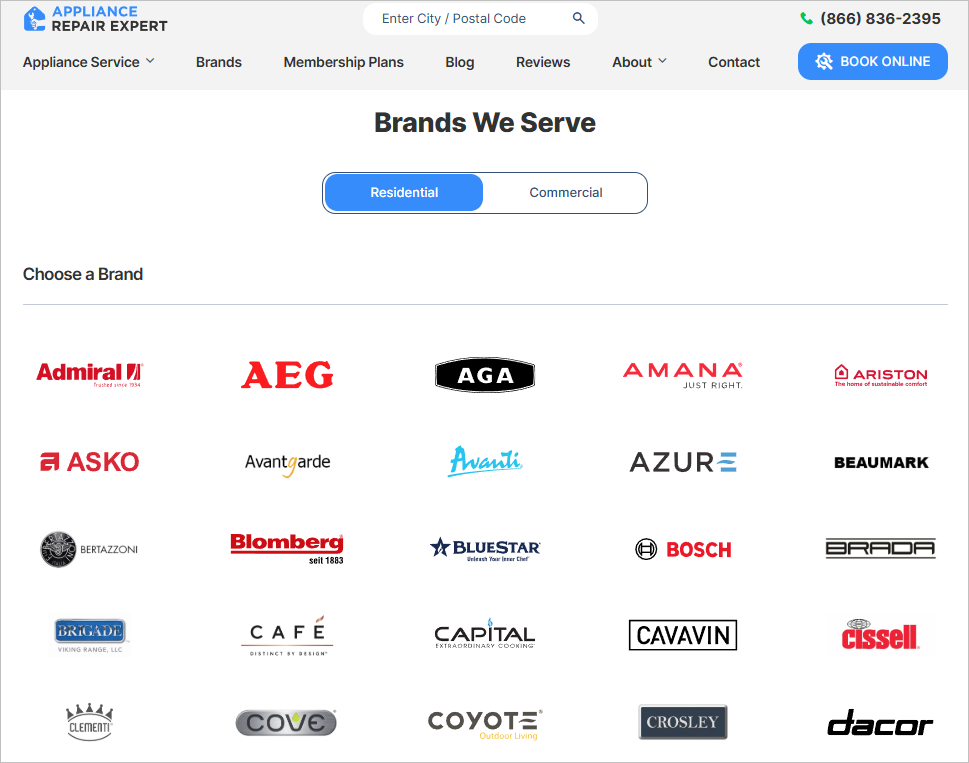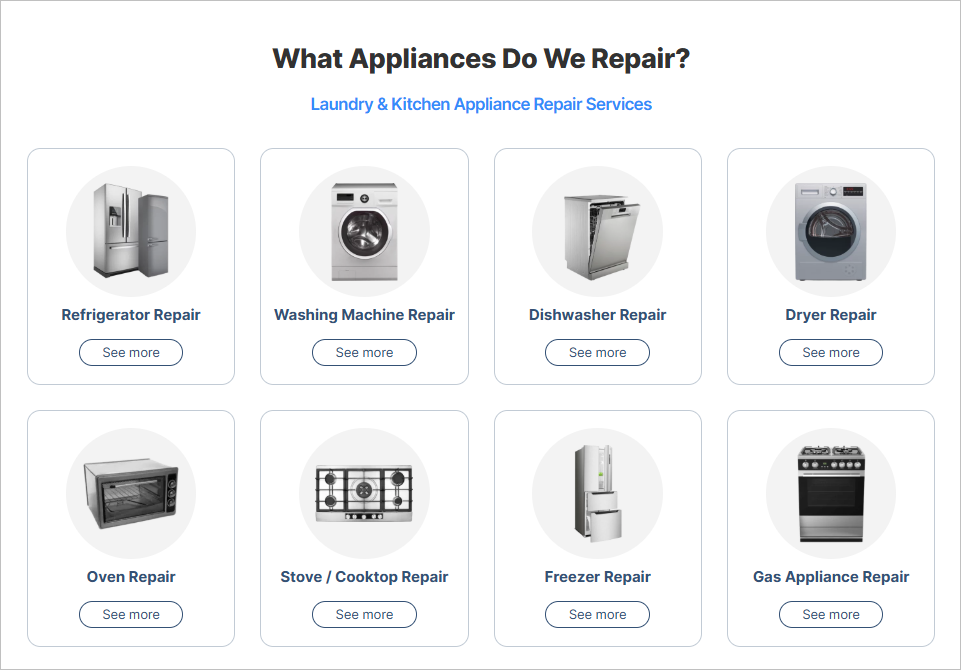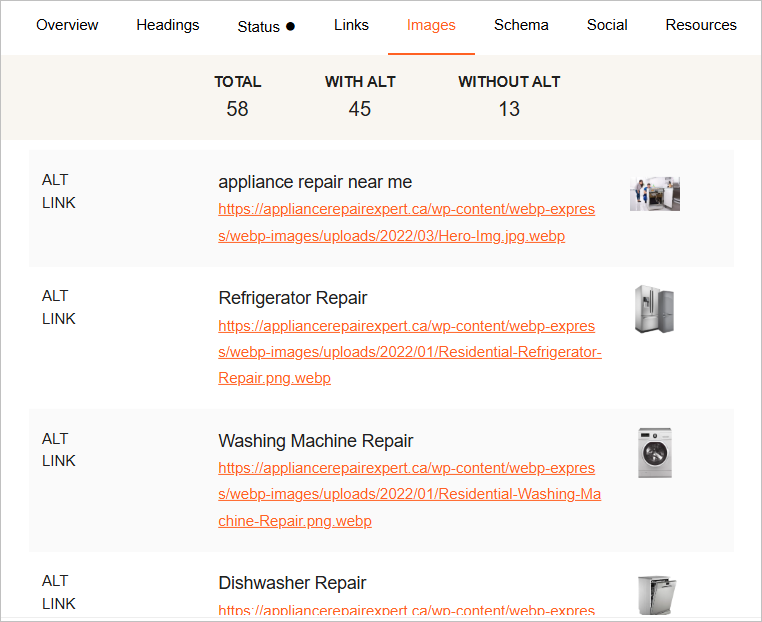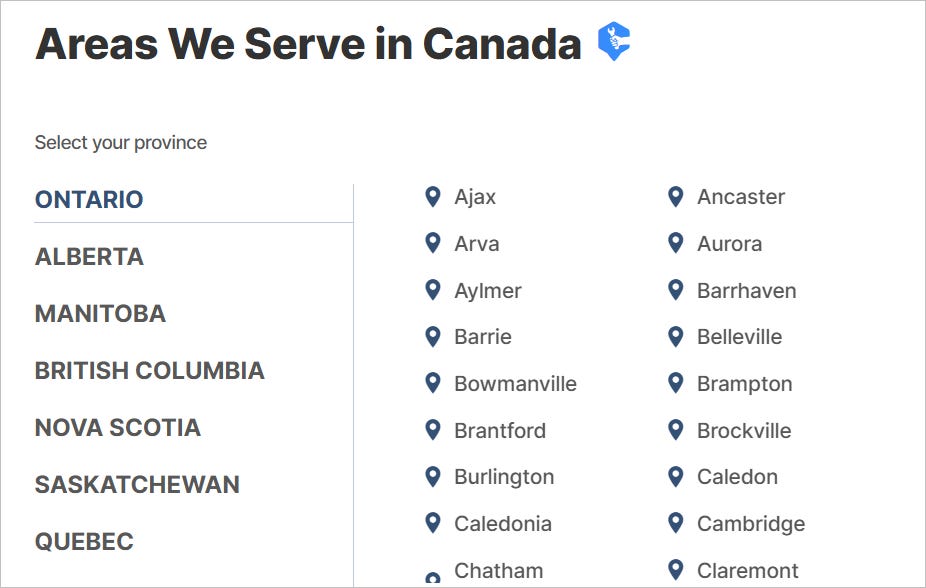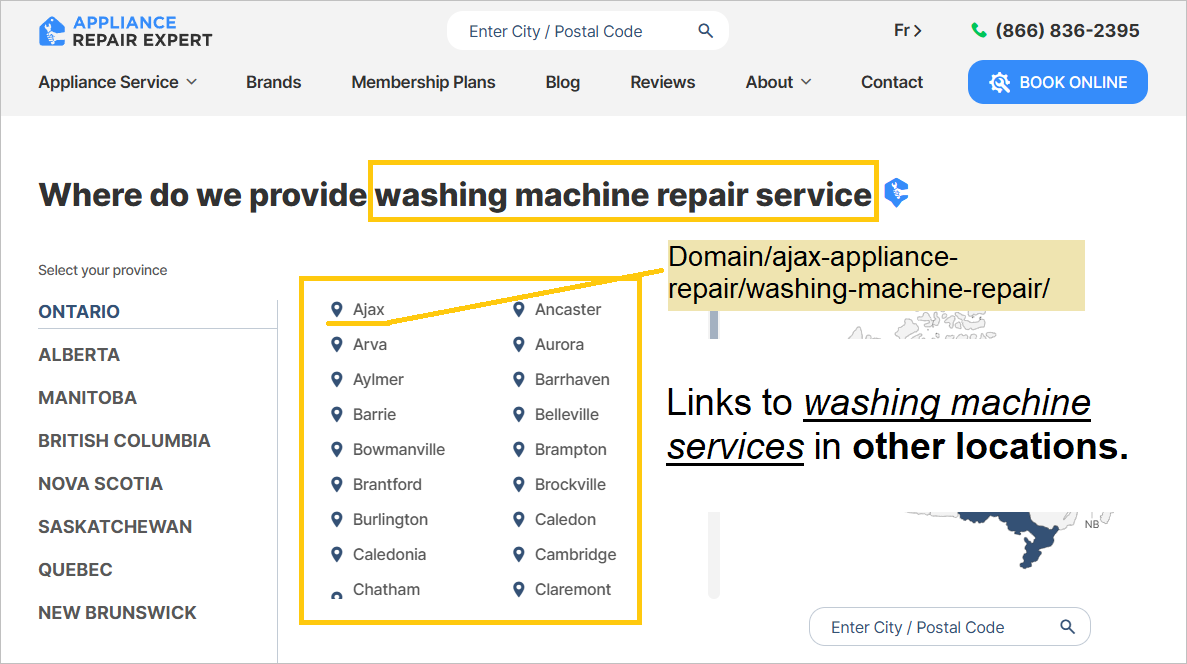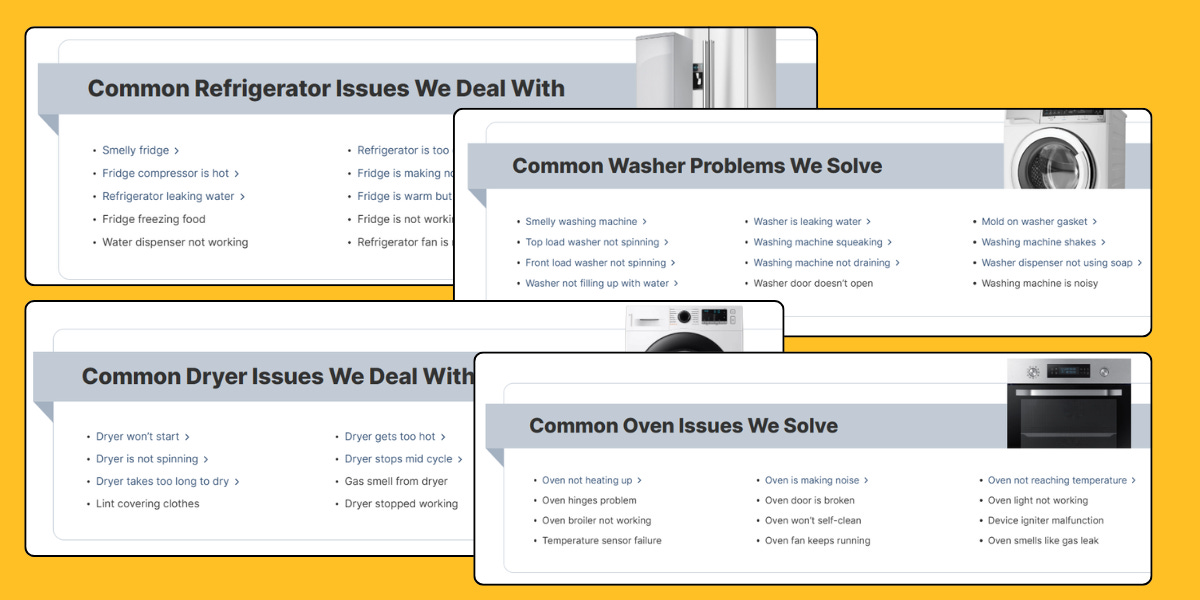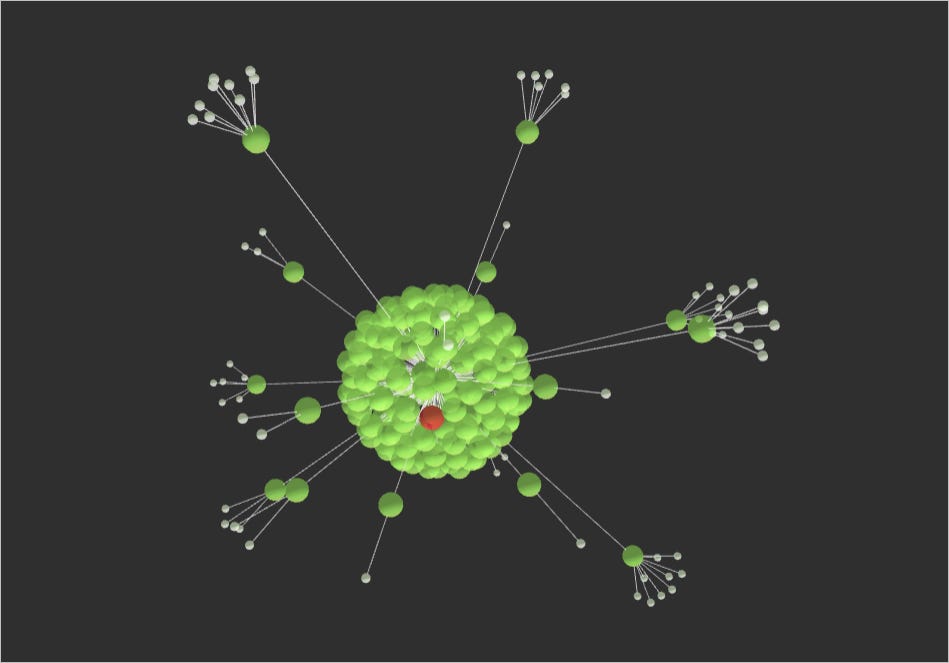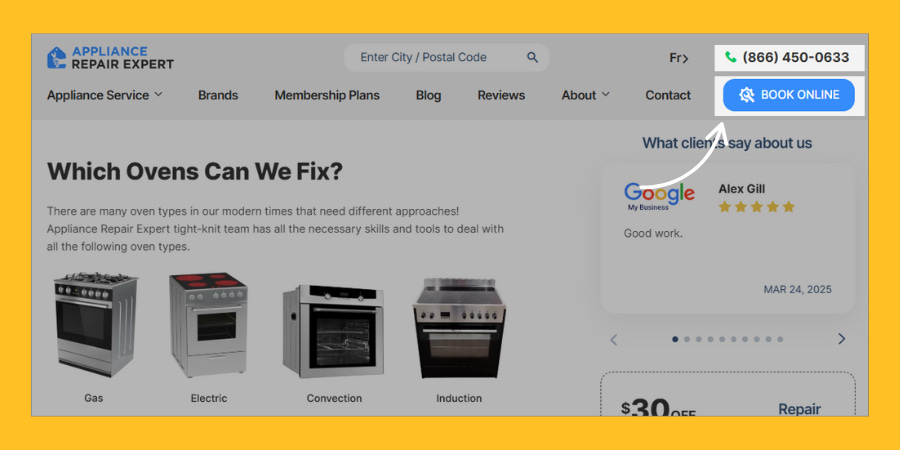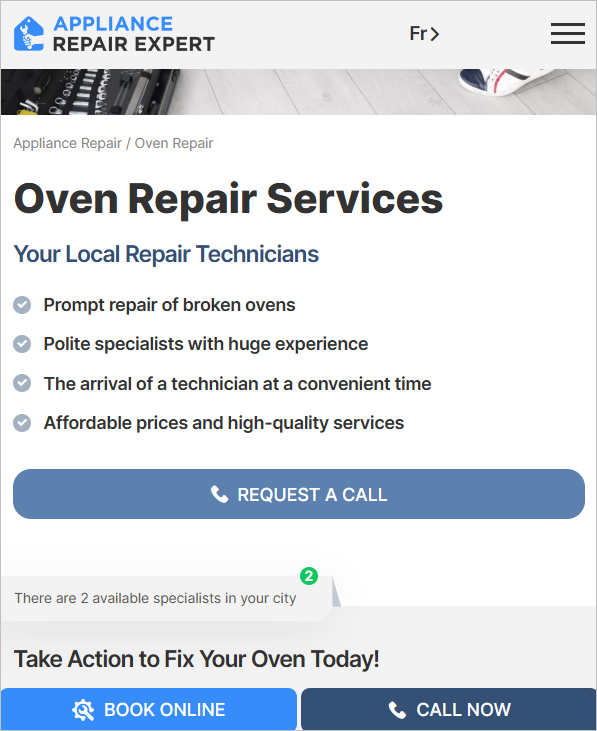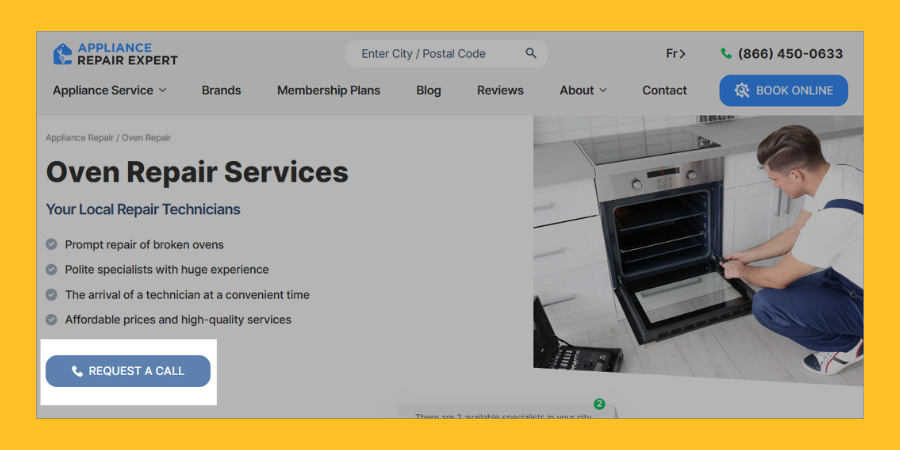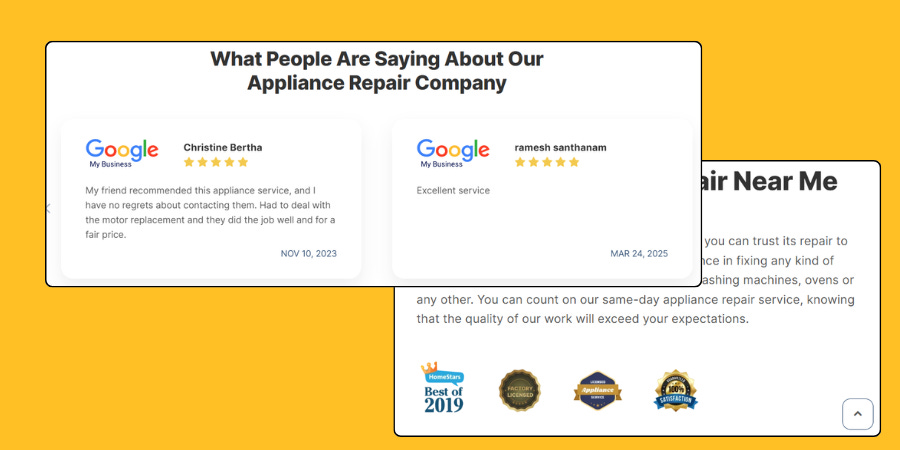Local SEO internal linking plan for multiple locations
$22.6k worth of traffic value using only local SEO.
First, I want to share two things:
Happy Eid-ul-Fitr to everyone who is celebrating today
Today marks 1st anniversary of our SEO agency. (I know it’s pretty weird to have an anniversary on 1st April 😀)
In this newsletter episode, I’ll tear down the internal linking strategy used by— appliancerepairexpert.ca.
Every SEO or founder managing local businesses needs to take this case study as a reference.
Here’s what makes this site a great reference for any local business with multiple locations:
16.7K organic traffic (a/c to Ahrefs)
$22.6k worth of traffic (shows commercial intent of ranking keywords)
Multiple local services
Service is available in 100+ areas in Canada
Most importantly, the internal linking strategy ⭐
Context about the local business:
Appliance repair expert (partial match domain) is an appliance repair service provider in Canada across 138 locations.
Even without a Google Business Profile for all locations, the site ranks pretty well on high-intent keywords such as:
Appliance repair services in [location_name]
The site started investing in SEO around 2019, as per Semrush’s historical traffic data:
Here are the key services offered by appliancerepairexpert.ca:
Appliance repair (primary/parent service)
Fridge Repair
Refrigerator Repair
Dishwasher Repair
Washer Repair
Dryer Repair
Oven Repair
Stove Repair
Freezer Repair
Gas Appliance Repair
Note: Appliance repair is the primary or parent service. The rest of the services fall under this parent service.
Site structure
Before diving into the internal linking structure, let’s dive into the site structure— specifically how they structure their pages for multiple services and 130+ locations.
Here are the types of pages they have created:
1. Country-level service pages
The topmost level pages created are their primary service pages (Canada level, without targeting any specific area).
Page examples:
Appliance repair service (homepage)
Refrigerator repair service
And so on…
For example, the URL structure of these pages is:
Domain/fridge-repair/
Domain/dishwasher-repair/
2. Regional service page
Regional service pages are landing pages that target service in a specific area.
Check the content matrix below to understand how to generate regional landing page ideas:
Imagine the number of possible pages appliancerepairexpert.ca can create with the above content matrix.
Here’s the page breakdown in numbers:
A total of 453 regional pages have been created for secondary services + location variations 🤯.
A total of 174 pages are published for their ‘primary service + location keywords’.
That means 627 regional landing pages are live— which is enough for Google to understand the local relevance of the website.
Note:
Even though they have 10 services to offer, their first priority service is appliance repair service.
The main reason is that Google mostly ranks appliance repair service pages even when you search for secondary services.
Here’s an example:
When you search in Google with
‘Refrigerator services in Toronto’
You’re most likely to see the ‘Toronto appliance repair service’ page ranking for these keywords.
Now that you understand what type of pages are live on the website, it will be clear for you to understand how they link these pages internally.
3. Brand pages
Appliance repair involves dealing with different types of brand products. As a result, people also Google queries like:
LG appliance repair
Bosch washing machine repair, and so on…
Considering this long-tail search demand, they have created a dedicated page for all brands that they work with:
Internal linking structure by levels
1. From the homepage
Ideally, homepage links to the most important and top-level pages of the website. In this case, they have linked to their primary service pages.
Since they have linked their service pages from the images, they optimized each image for the target keyword:
Look at the image alt text of used images:
In fact, they have used the same alt text as the image file name to make it more optimized and relevant for the page.
Secondly, they also linked to their most important brand-landing pages to pass PageRank.
2. Service and regional pages internal-linking
The most interesting internal linking strategy is this dynamic table (added at the bottom of the page) 👇
Using this table, users can find the location of their choice, and it will automatically link to the service pages related to the current page.
For example,
From the fridge repair service page, this location table will link to fridge repair services in other areas.
Likewise, if you’re on the washing machine repair service page, the table will link to dishwasher repair services from other locations.
Put simply, this dynamic table is personalized based on the current page, which groups pages by services.
3. Internal linking between services pages to info articles
Apart from internal linking, its content-hub strategy is also worth studying.
What they have done:
They wrote helpful articles about common appliance challenges and linked them from service pages and vice versa.
See the below screenshot taken from different service pages where they have linked to info articles:
If you combine all the above internal linking tactics, the 3D site structure looks like this:
CRO elements
Local businesses must invest in building a clean, functional, and CRO website. Here are some UX elements that I found useful to increase the conversion rate:
1. Fixed header/footer with CTA button
Make your header CTA fixed on the desktop version. You can either use your site’s primary CTA button or a direct call number (clickable).
Your goal should be to make it as easy as possible for users to connect with the business and request a service.
Here’s the mobile version where fixed CTA buttons are added in the footer screen:
2. CTA in above the fold section
Having CTA (either a call button or a lead generation form) is a must for every local business that wants to prioritize lead generation.
3. Include trust badges and social proof
If you don’t have enough customer reviews, spend time on collecting them from customers. Check what other trust badges your competitors are using— chances are you can acquire some of them pretty easily.
The more trust you earn, the better the conversion rate.



